There are many unique states of consciousness one enters along the spiritual journey and it’s not always clear what those states mean, what causes them, and how to deal with them.
One day meditation may bring you a sense of joy and tranquility while the next it might feel forced and tedious. You may experience random moments of bliss and serenity – but then you become frustrated by your failed attempts to replicate them on demand.
Before you lose heart, remember there’ve been other spiritual seekers before you and they’ve all had to contend with the same difficulties.
Many have lost their way in the obscure stretches of the path only to come out of it wiser and with deeper faith in the journey.
What’s even better – they’ve left behind maps to guide other journeyers who feel they’ve gone astray.
One seeker we can learn a great deal from is the Spanish mystic St. Teresa of Ávila.
St. Teresa of Ávila

Teresa was a woman who took her faith seriously. She felt called to religious life in her teens and by the end of her life she had become one of the most influential reformers of the church.
Still, that didn’t keep her from excruciating periods of self-doubt, the longest of which lasted no less than twenty years!
The Carmelite nun was in her sixties when she finally put her insights down on paper in what became her seminal masterpiece – The Interior Castle.
This manuscript contains her lifetime’s worth of spiritual insight and today we’ll look at one of its core teachings.
A metaphor.
A metaphor that can give us a better understanding of the spiritual landscape – and provide us with courage when we sorely need it.
The Inner Garden
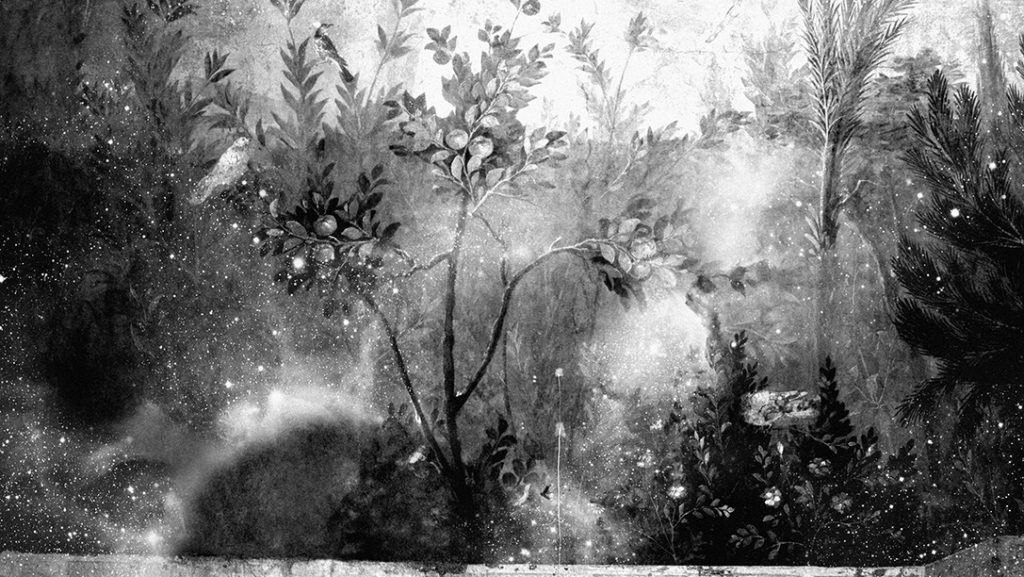
‘Beginners must realize that in order to give delight to the Lord they are starting to cultivate a garden on very barren soil, full of abominable weeds. His Majesty pulls up the weeds and plants good seed.
‘Now let us keep in mind that all of this is already done by the time a soul is determined to practice prayer and has begun to make use of it.
‘And with the help of God we must strive like good gardeners to get these plants to grow and take pains to water them so that they don’t wither but come to bud and flower and give forth a most pleasant fragrance to provide refreshment for this Lord of ours.‘
St. Teresa of Ávila
Now, whether you frame your spiritual journey in Christian terms or not, you’ll benefit from hearing St. Teresa Of Ávila out. So bear with me as I use her language.
Imagine there is a garden inside you. God rests at the garden’s center and all around Him there bloom beautiful flowers each more lovely than the next. These flowers represent your virtues.
To deepen your relationship with God and bring more virtues into the world, you have to take care of that garden.
God is already doing all the heavy lifting. He has built the garden up stone by stone. He is uprooting all the nasty weeds and He is planting all the lovely flowers.
All you need to do is bring water.
How do you bring water?
You pray.
Prayer

As a Spanish Catholic in the sixteenth century, Teresa only had the spiritual vocabulary of Christianity at her disposal.
However, what she meant by ‘prayer’ transcends that cultural context and sheds light on universal qualities of the spiritual journey – no matter what path you walk it on.
I believe a Buddhist, a Muslim – or an atheist for that matter – would gain no less from Teresa’s insights into prayer than a Christian would.
So let’s see what her lifetime of experience taught St. Teresa Of Ávila.
Meditation Vs. Contemplation
Teresa spoke of two distinct kinds of prayer:
- Active prayer – or meditation
and
- Passive prayer – contemplation
What’s the difference between the two?
To put it simply, meditation is something you do while contemplation is something that happens to you.
Sitting down on the meditation cushion is, well, meditation. But so are praying, reading about spirituality, fasting, doing yoga, watching movies, listening to music, exercising, etc.
All kinds of actively seeking out inner stillness and delight, whether through art, taking walks in nature, intellectual activity, charity, or anything else at all – these are all forms of meditation.
Contemplation, on the other hand, finds you when you least expect it and is a far more subtle, profound, and powerful state of awareness.
There is nothing you can do to get it. You can only receive it.
Contemplation is far more mysterious and difficult to discuss than meditation.
Yet there are three attributes of it mystics have agreed on.
The Three Attributes of Contemplation
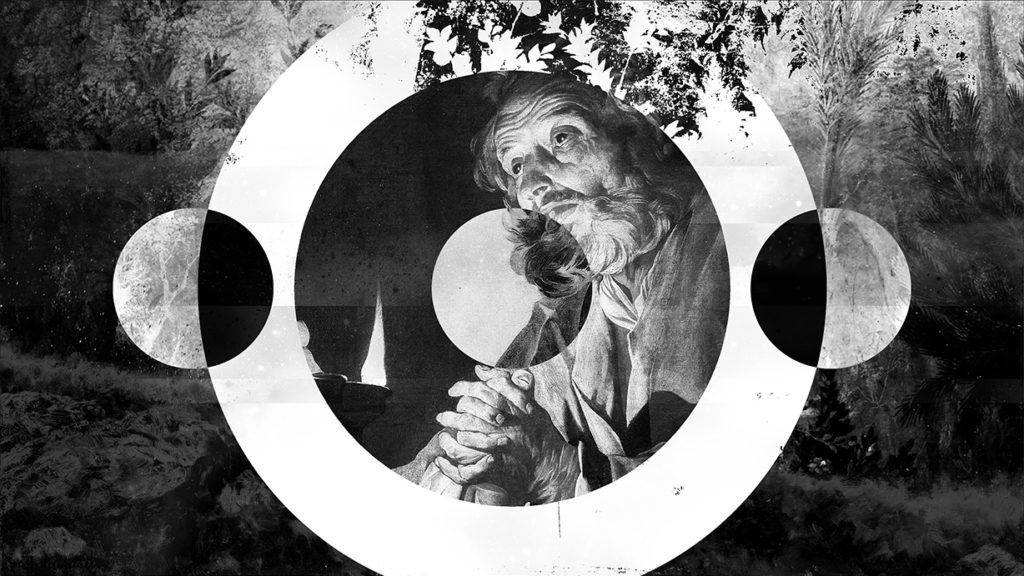
Open Awareness
First, contemplation is a panoramic state of awareness. It is all-embracing. The serenity and delight that infuse consciousness during contemplation seem to permeate everything you are experiencing.
Unlike meditation, where you hone your attention by focusing on a particular object (like your breathing) – during contemplation all gates of your perception are wide open. There are no distractions to contemplation since distractions themselves become objects of it.
As Teresa puts it, ‘the Presence, whom the soul has at its side, makes it attentive to everything’.
Presence
Second, contemplation is firmly rooted in the Now.
During contemplation, it is as if a veil falls away that has thus far been keeping you one step away from reality. This veil is time.
The light of contemplation burns away all notions of time and the practitioner enters the clear, vivid, exquisitely alive reality of the present moment.
Of course, remembering the past and imagining the future are still possible. But you perceive them only so far as they are happening in the Now. You are no longer carried away by memories and desires. You see them, but you see them now.
Love
The third attribute is love – and it’s different in kind to the first two attributes. Unlike awareness and presence, whether you feel love or not is entirely outside your control.
In the contemplative state one’s very core overflows with love for everything one is perceiving. It is a state of profound compassion and understanding. This overabundance of love is deeper than all personal attachments and dwarfs the highest reaches of the intellect.
There is no object of this love and no subject of it. As James Joyce put it, ‘love loves to love love’ – and that’s the best language can do to describe the infinite dimensions of love.
This profound shift in perception cannot be attained by effort, not through the strictest austerity or the most abstruse philosophy. There’s nothing you can do to earn it and no way to call for it.
You can only receive this kind of love as a gift. A gift from within. A gift from the gardener.
Watering The Garden
We took a detour through the two kinds of prayer St. Teresa Of Ávila recognized: meditation (active prayer) and contemplation (passive prayer).
Now it’s time to return to our garden and consider how we can water it.
St. Teresa Of Ávila tells there are four ways to do it.
The Well
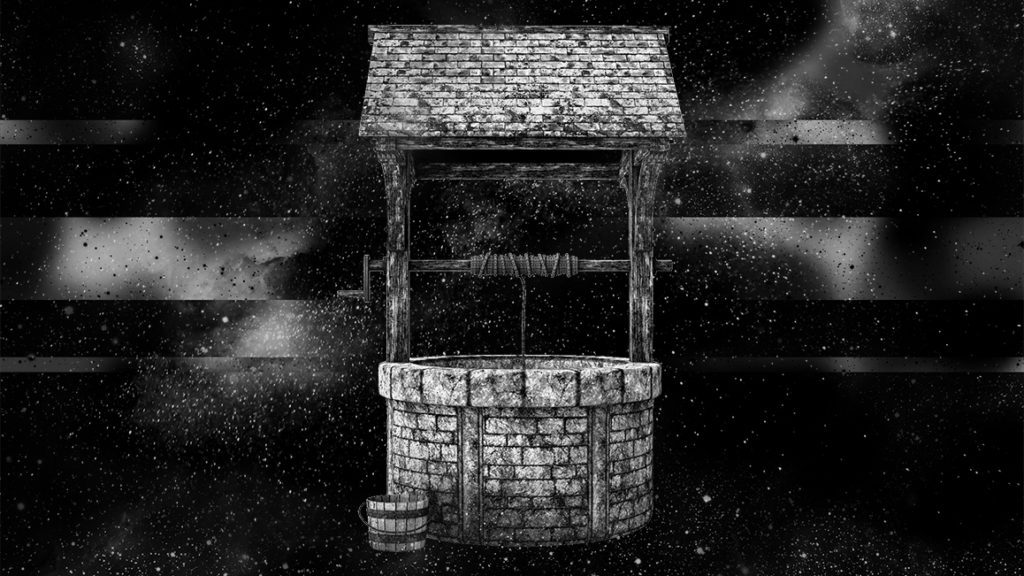
The simplest way to nurture our garden is to bring bucketfuls of water from a nearby well.
It’s hard work, by the end of the day you‘re shattered, and you don’t manage to bring much water at all.
But some water beats no water any day.
Hauling water from the well represents the first level of meditation (active prayer). Here you have to do lots of work – recite prayer, meditate, dance, ingest drugs, make art, make love… whatever manages to nurture that inner feeling.
This kind of meditation feels like an effort and comes out of you actively seeking God/nirvana/individuation (or whatever your spiritual goal is).
It feels like it’s you doing the work and you‘re always convinced that if only you tried a little harder for a little longer – you’d be rewarded for being the good boy/girl you are.
It’s the most basic kind of prayer, but sometimes it’s the best you can do.
Teresa admits some days the spiritual spring inside her would run so dry – she’d be grateful for even a few drops of water from the well.
But with time, you learn superior kinds of prayer…
The Waterwheel
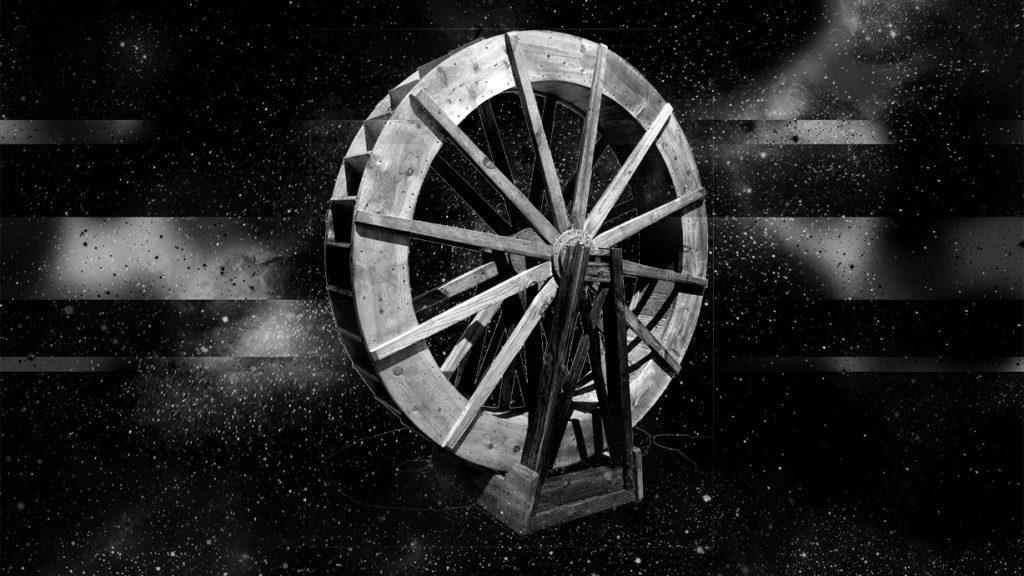
A more advanced way of watering you garden is using a waterwheel.
The waterwheel has a hand crank you have to turn, so it still involves work you do, but you get much more water with much less effort.
Here we enter the territory of contemplation (passive prayer).
Here something external to you seems to be contributing to your awakening and you can no longer say that the rewards you are receiving are entirely due to your efforts.
In the waterwheel stage, you begin to experience glimpses of stillness and pure consciousness.
These glimpses occur more often the more you practice, so you feel they are partly due to your efforts. But deep down you feel the work of something quite other than yourself.
The waterwheel stage is risky territory as you can still fool yourself that the glimpses of pure Being you’re experiencing are results of your hard work.
You may fall into the trap of intensifying your practice and then getting disappointed when you fail to see results.
In fact, Teresa warns us that chasing after these glimpses by intensifying prayer is a regression to a lesser form of spiritual practice.
Why?
Because there is still too much of you inside you for God to come in. You have to make more space.
But of course, if it is you who has to empty yourself, who is doing the emptying and who is being emptied?
There is no way to solve this riddle through the intellect, Teresa tells us.
But she does give us one advice – love will point the way.
Follow where love leads you and let go of all efforts to deepen your practice by mental, physical, or any other kind of effort.
Let go, and an even deeper way of watering your garden will reveal itself to you.
The Stream
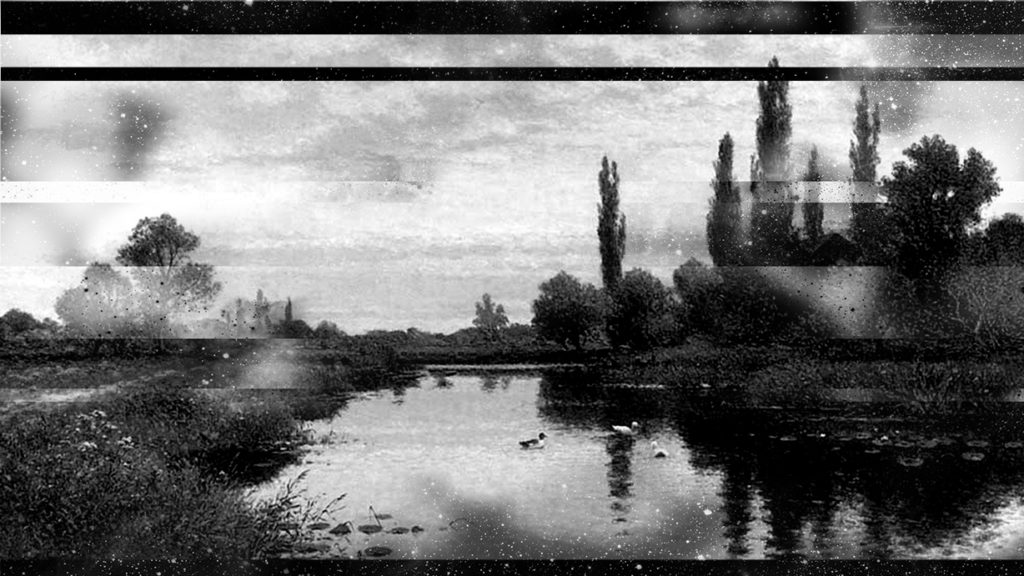
Sooner or later, you’ll hear the murmur of water nearby. You’ll follow the sound and discover a stream flowing abundantly with clear water.
With only the slightest effort, you’ll redirect that stream towards your garden and then rest as you watch your flowers being watered without any effort on your part.
We’ve now completely entered the contemplative state.
Entering Contemplation
The glimpses of pure consciousness and moments of infinity from the waterwheel stage now bloom and open up into an entirely new state of consciousness.
You continue to exist in time and space – but while you are in this world, you’re no longer of it.
Your faculties are still your own, you continue to do works, but there is no longer a self inside you, no longer a doer. There is still the experience of the world, but no longer an experiencer.
The intensity of this state is at times too much to bear.
Indeed, you may exit willingly into lower states of consciousness – afraid of the novelty of the experience.
There is not even the slightest notion that it’s you who is producing this state. It’s felt entirely as a gift of grace from a place outside time and space.
You have stepped out and God has stepped in.
You understand it’s not your joy you are experiencing, but God’s joy who rejoices within you. Your garden is in full bloom.
Yet even further union is possible.
Rain
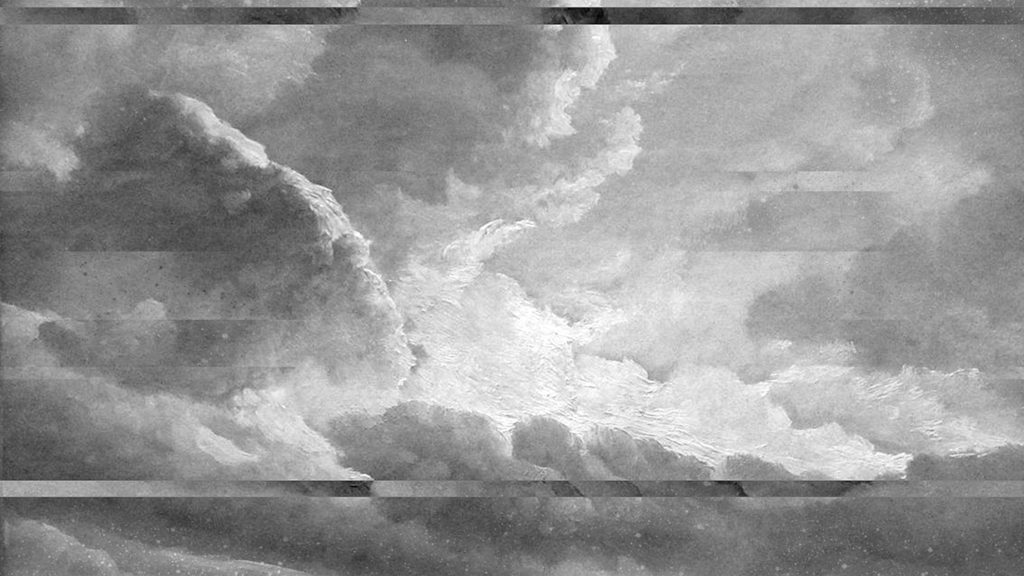
The supreme stage of spiritual irrigation arrives when you no longer rely on the stream to bring water to your garden.
You lay back and watch the rain as it comes and goes by its own accord and waters the flowers of your virtues.
You surrender to the elements and discover a supreme harmony permeating Being.
Teresa stumbles for words when she tries to describe this state.
You can rightly call it nirvana, but that’s just another empty word before you experience it yourself.
Teresa describes this state of union as becoming completely dissolved in God. You lose yourself and find God where you used to be.
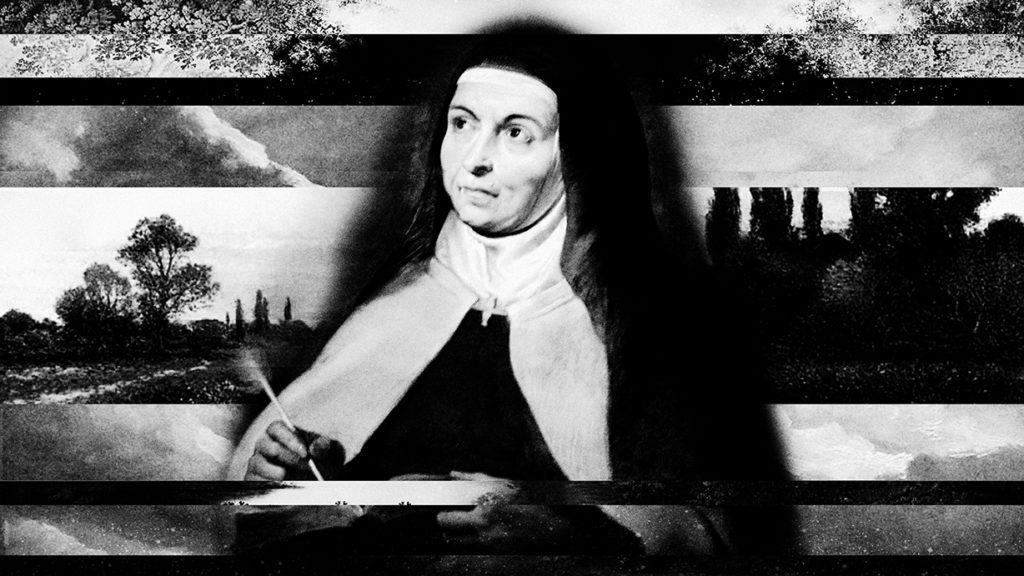
‘The soul lets go of everything, daughter, so that it may remain more completely in me. The soul itself no longer lives, but I.‘
God, as he explained the state of union to St. Teresa of Ávila during prayer
Teresa tells us that she’s never experienced this state for longer than half an hour. So precious, rare, and fleeting it is.
I myself have only had the briefest glimpses of it, so there’s no more I can add to her description.
Learning From St. Teresa Of Ávila
The Raft Is Not The Shore

As all great spiritual teachers, St. Teresa Of Ávila tells us that movement towards God is movement away from the small self, the ego.
When the spiritual path gets difficult despite our best efforts, it’s exactly our efforts that are pulling us back.
We must always remind ourselves that God is not something you can win, but something you surrender to.
As the great sage once said:
‘In the pursuit of knowledge, every day something is added. In the pursuit of wisdom, every day something is dropped.
‘You let go of everything until you let go of letting go itself. ’
Lao Tsu
The moment you become attached to your spiritual practice, you are no longer practicing.
In the language of Buddhism, you only need the raft to take you to the other shore. Once you’re there, leave the raft as it will only slow you down.
Remember – the raft is not the shore.
Not A Line But A Spiral

It’s important to remember that the four levels of prayer don’t occur as a linear progression. Each comes and goes periodically.
Instead of moving in a straight line, a spiritual seeker travels in an ever-shrinking spiral orbiting a mysterious center.
You may very well have a glimpse of the rain stage at the outset of your journey. In fact, that may be what gets you going on the path.
St. Teresa Of Ávila herself, one of our great mystics, admits how often she‘d be completely incapable of contemplation. Till her death, Teresa would still get days when God feels more like a fading memory than an abiding presence.
‘No one is so advanced in prayer that they do not often have to
St. Teresa Of Ávila
return to the beginning.’
Therefore, do not get disheartened when the spiritual rewards don’t meet your expectations. This is simply a reminder to drop your expectations.
Difficult times will come again and again throughout your journey, so don’t try to fight them.
Learn to understand what they are teaching you.
Only The Lost Can Be Found
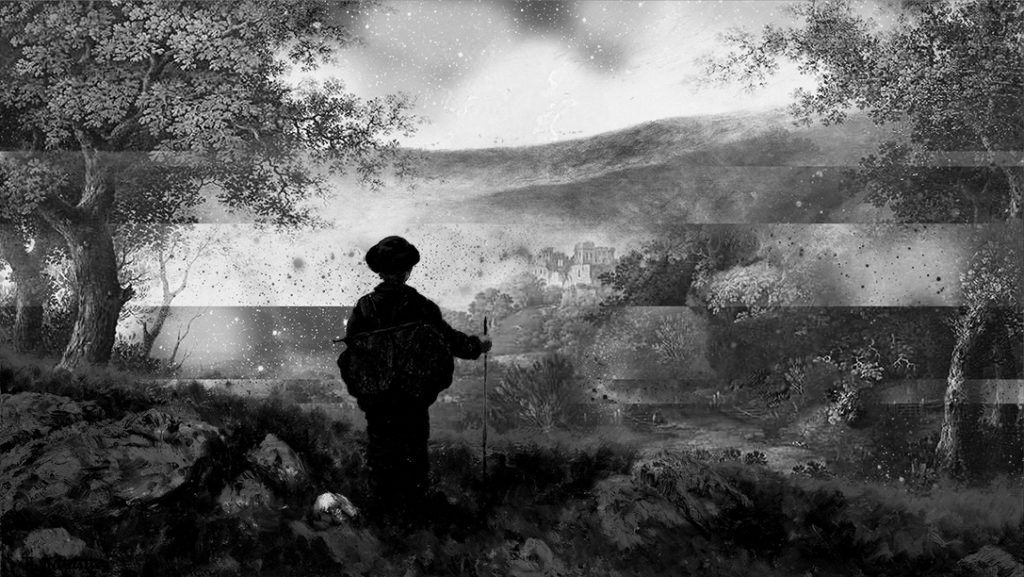
This is perhaps the most encouraging lesson St. Teresa Of Ávila has left us.
When you feel you’ve lost that special feeling of communion with the Divine, don’t lose hope. You’ve only lost what you thought was the Divine – the Divine itself is unthinkable.
Losing your way is not only normal – it’s necessary.
Our minds are built to form attachments. As soon as some form of practice brings us spiritual joy – we become attached to the practice and lose sight of the spirit.
Losing your way happens when you have outgrown your way but are still too attached to it to seek a better one. God leads you astray so you may wake up and see you’ve been heading the wrong direction.
Getting lost is grace. And it’s a mark of growth, not failure.
So next time your road darkens – know this is the night before the dawn of a new lesson. The sun that’s set will rise again and you’ll know it as if for the very first time.
*
This article is based on the fantastic book The Dark Night of the Soul by psychiatrist Gerald G. May. I highly recommend checking out May’s book to learn more about getting through difficult times on the spiritual path.

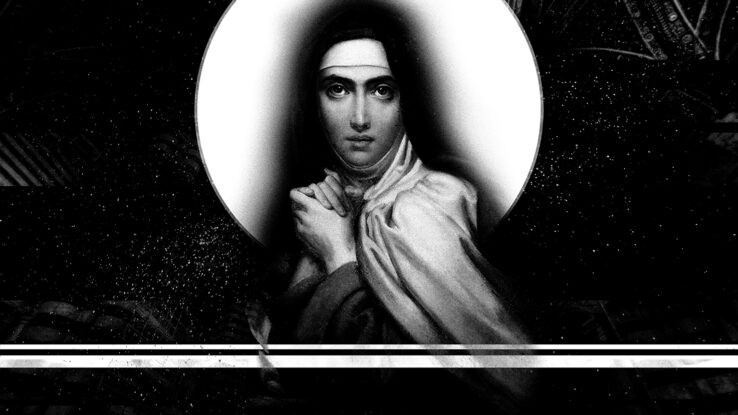

1 comment / Add your comment below